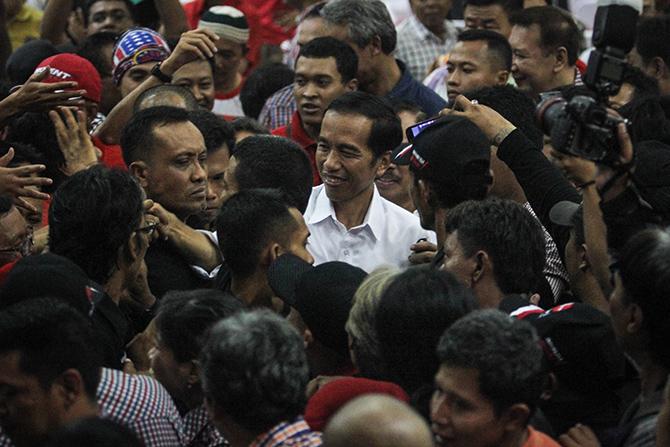
Despite the region’s heterogeneity, the one undeniable common link is geographic colocation. This accident of geography is combined with exogenous geopolitical and strategic decisions associated with both World War II, including Japanese occupations, and the independence and decolonization process that followed. The emerging bipolar Cold War and the resultant spin-off from massive US investment in military technology triggered the initial external “surf waves” of what eventually became known as “globalization.” This global realignment of supply chains provided a unique window of opportunity for countries in our region to take up economic “surfing” – ie, the accelerated development that results from the alignment of domestic policies with external growth drivers.
The “Asian Miracle” took place in two distinct “waves.” Understanding the distinction between the drivers of what I will call Wave 1 and Wave 2 is necessary to form a view on an emerging and distinct “Wave 3,” which I believe may require dramatically different policies for Indonesia to realize Impian 2085.
Wave 1 growth was US-driven and US-centric. The region’s early adopters of open economies – the four newly industrializing economies – depended primarily on trade and investment flows with the then dominant US economy. In Wave 2, China’s growth and global integration as a consequence of Deng Xiaoping’s “Four Modernizations” gradually led to a “G2” world, with China’s rapid growth complementing US demand. Both Waves 1 and 2 were characterized by rapidly increasing external trade and investment flows and accelerated integration into global and regional supply chains. Those economies that opened most rapidly to these flows captured the major benefits and most rapid gross domestic product growth during these two Waves – the largest restructuring of global manufacturing in history.
The combination of different starting points and different policy responses led to different results during the two early “waves” of growth. My argument is that the region’s initial “miracle” growth was an unintended consequence of one-off, geostrategic Cold War initiatives that collectively drove “globalization” of supply chains and which benefitted Asia over other regions. This latter factor was primarily due to a confluence of two factors: rapid postwar decolonization and the Cold War, which together triggered US concerns about where the “Bamboo Curtain” would fall in the region.
The three initial drivers of Wave 1 were all from US-led initiatives:
- The creation of new global – “Bretton Woods” – institutional architecture, designed primarily to isolate the Soviet bloc but as an unintended consequence enabled rapid growth in global trade and investment flows.
- The creation of new US domestic institutions as a response to what was seen as the threat of communism and, after the USSR Sputnik launch in 1957, as a response to the threat of war in space. This triggered huge US investments in dual-use technologies in, for example, transportation and communications. These in turn led to improved speeds and reduced costs of moving goods, people and information, and therefore contributed to the crucial ability to geographically separate production from consumption
- American-led strategies to provide favored, Generalized System of Preferences-based access to the giant US domestic market (then 50 percent of the world) for emerging market Cold War allies, especially Asian allies at risk from the expanding “Bamboo Curtain.”







%20resized.png)
